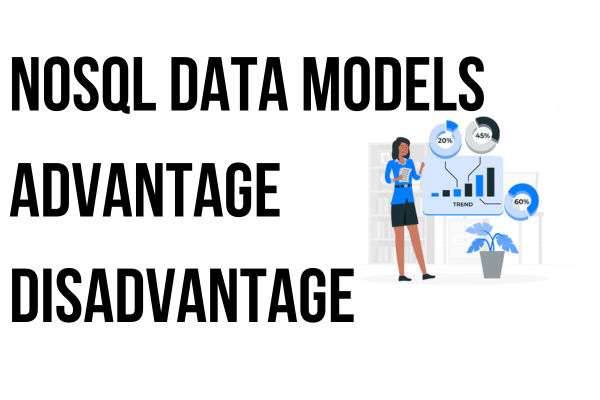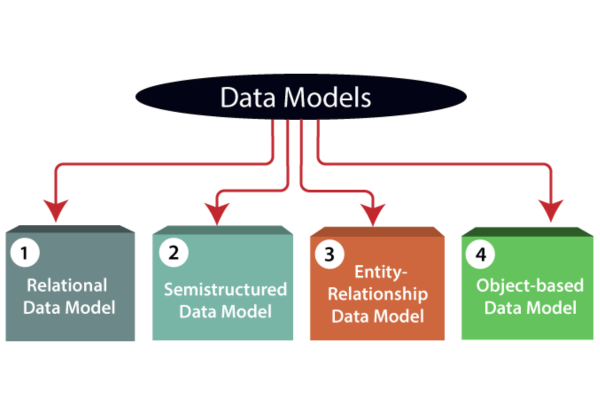-
Hierarchical Data Model | Advantages | Disadvantages
The Hierarchical Data Model represents data in a tree-like structure, where each record is linked to one or more parent…
-
Architecture of Database Management Systems (DBMS)
Database Management Systems (DBMS) are powerful software tools that provide a structured and efficient approach to storing, retrieving, and manipulating…
-
Understanding the Classification of Database Management Systems (DBMS)
Database Management Systems (DBMS) are essential tools for efficiently organizing and managing large volumes of data in various applications and…
-

Network Data Model | Advantage | Disadvantage
The network data model extends the hierarchical model by allowing records to have multiple parent and child relationships. It introduces…
-

Relational Data Model | Advantage | Disadvantage
The relational data model is widely used in modern databases. It organizes data into tables consisting of rows (tuples) and…
-

Object Oriented Data Model | Advantages | Disadvantages
Object Oriented Data Model The object oriented data model is designed to handle complex data structures. It treats data as…
-

Entity Relationship (ER) Data Model | Advantage | Disadvantage
The entity relationship data model focuses on representing the relationships between entities. It uses entity-relationship diagrams (ERDs) to visualize and…
-

Dimensional Data Model | Advantage | Disadvantage
The dimensional data model is commonly used in data warehousing and business intelligence applications. It organizes data into dimensions and…
-

NoSQL Data Models | Advantage | Disadvantage
NoSQL (Not only SQL) databases have emerged as an alternative to traditional relational databases, especially for handling big data and…
-

A Comprehensive Overview Types of Data Models
In today’s data-driven world, data modeling plays a crucial role in structuring and organizing information effectively. A data model defines…

